

Tomb of Petosiris
Discover the largest cemetery in Greek Egypt Temples, houses,as well as cemeteries, the worship of animals and human cemeteries, such is the Tuna-Al-Jabal
Tomb of Petosiris at Tuna El-gebel
Tuna al-Jabal is one of the villages affiliated with the Mallawi Center in Minya Governorate. It was the later cemetery of the city of Ashmunin and contains many important antiquities most of which date back to the late Pharaonic eras and the Greek and Roman eras.It was known in ancient Egyptian texts as "t3-hnt" which means the water pool or flood, then it was known in the Greek era as "ta-wens" which means the same meaning.This meaning indicates “The water pool - the flood” refers to the water pool that occurred in this region as a result of the flood and from the word “Ta-wens” the Arabic word “tuna” was derived, then “mountain” was added to it due to its location in a desert mountainous area and to distinguish it from the residential village known as “Tuna.” Country".In 1919, with the help of a resident of the city of Al-Ashmunin, who guided the location of the buildings, the Antiquities Authority conducted scientific excavations that resulted in the discovery of the tomb of the priest “Pitosiris” at the hands of the French scientist “Gustave Le Lefebvre.” He recorded for us the results of his work in a wonderful book divided into three parts.Which he published in 1944, in which he presented that tomb and its decorations with an Egyptian taste that carried within it a Greek spirit. This study was the first building block in the field of studying the early influences of Greek culture in Egypt since the conquest of Alexander the Great.Then the group of antiquities that were uncovered next to the cemetery of "Pitosiris" was credited with a new addition to us that is no less important rather, it has added new and important information to us The field of mixed art and the Greek influence on Egyptian culture.

Petosiris Tomb
We can only do this here We mention with gratitude the great effort undertaken by the Egyptian scientist Sami Jabra, who had the idea Completing the excavation process for that rugged area, he was able to make a lot of effort The effort represents the Egyptian University, with great sacrifices and hard effort that can only be appreciated by those who worked in The field of exploration, especially if we take into account the difficulty of reaching the Tuna El Jabal site in the past, transportation was not convenient.The contribution of the Egyptian scientist Sami Gabra was not limited to this only, but during five consecutive seasons from 1931 to 1935 he was able to reveal an integrated city. Its focal point is the "Pitosiris" cemetery, which includes tombs dating back to the period From the third century BC until the end of the third century AD, these tombs are divided into three Groups are:
The first group can be called tombs in the form of temples, where it comes from its general layout is similar to that of temples such as the tomb of Petosiris, but at the same time Completely influenced by Greek architecture as well as the Egyptian element.The second group is Roman cemeteries in the form of houses built of mud bricks , it was covered with a layer of mortar. Its layout was a sure image of middle-class homes.This method of burial is an ancient Egyptian method that undoubtedly met with acceptance and approval Of new arrivals, despite the beauty and richness of the decorations of this group of tombs it lacks the inscription or the name of the deceased so that we can determine who the owner of this tomb is? Was he an Egyptian who was become Greek or a Greek who became Egyptian? Perhaps the best evidence of the spread of Hellenistic culture within Egypt are these topics Inspired by Greek literature and mythology and engraved on the walls of these houses, such as The Trojan Horse or the story of The story of Oedipus, king and others.
As for the third group of tombs at Tuna al-Jabal, it is the sacred cemetery, which includes the mummies of the Ibis and the ibis, symbols of the god “Thoth.” The excavations revealed four crypts whose date ranges from the end of the Sawi era until the Roman era.

Petosiris Tomb (Egypt)
Since his childhood, Ptoziris served the god of Jehuti, the god of the Ashmunites, and this priest witnessed two reigns, period the good era of Greek sovereignty and the bad period was during the Persian era, where unrest and panic prevail in the country however, we find that Ptoziris “preserved the thoughts of God in"his heart," so the god chose him to run his temple, and he made Ptoziris the god's temple as it was before He arranged everything again, which led to the ritual being held on time, so he remained the director.He owned his property for seven years, and he restored everything he had found to ruin to prosperity again.He was also interested in the so-called Great Lake in the city of Ashmunin, which is the birthplace of all the gods.Where he built a temple to Ra out of limestone, in addition to rebuilding the temple of Heqet, the goddess the fungus was shaped like a frog. ptoziris gained favor from the ruler of Egypt and was loved by the men of the palace, despite he was not an old-fashioned pious Egyptian priest his tomb was in the form of a temple it is a strange mixture, as the topics belong to the distant past, while the forms are mostly modern foreign and the details are also non-Egyptian, and perhaps the reason for that is that petuziris was a man of a new era, as he maintained the spirit of preserving the beliefs of his fathers behind these religious texts, there was a period in which Greek civilization had political sovereignty Egypt.Petosiris had a distinguished place in the hearts of Egyptians and Greeks alike He derived power and prestige from religion, and this was a strong motivation for him to have his graveyard on It looks like a temple whose walls carry pictures of daily life recording its wealth and many possessions as well The princes of the Pharaohs did this in the early ages in their tombs, so his tomb became a sacred temple.
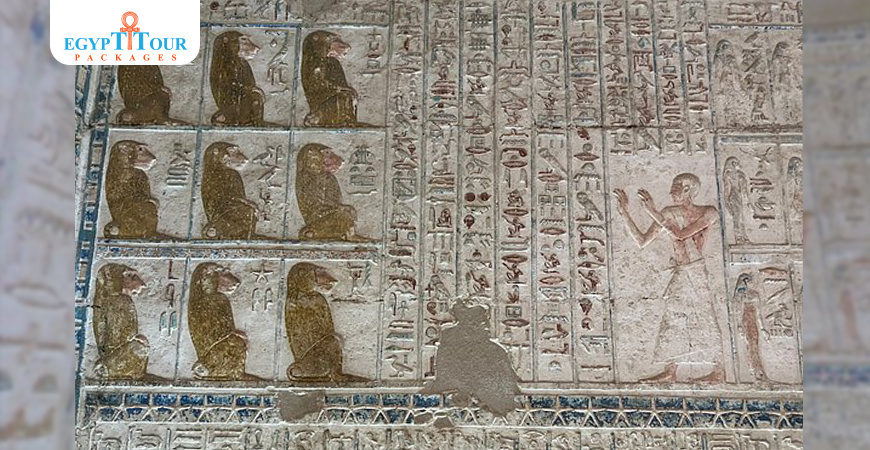
Tuna El Gebel (Petosiris Tomb)
God is Thoth or Jehuti
The god of the Ashmunene was the god Thoth after the cult of Ibis, the symbol of the god Thoth, who became the main deity of the city, was transferred to its god. The sanctity of this bird in Egyptian beliefs reached such an extent that death was imposed on anyone who killed the bird intentionally or accidentally. The god Thoth had attributes and titles that made him one of the universal gods and functions ,so that his worship was not limited to the city of Khemno only, but extended to all Egyptian regions, and because he is also the friend of God and the loyal man, he is also the god of goodness. A close relationship was found between the god Thoth and the god Ra, and perhaps the reference to this goes back to the relationship of the moon with the sun, as the god Thoth was a god of the moon.It restores this planet to its completeness after its disappearance,it becomes the perfect eye for Horus, and thus they rule between them the night and the day thus, the god Thoth is considered an assistant to the sun god because he illuminates the darkness of the night, and he is also the bull among the stars and the moon in the sky.Among the attributes that the Egyptians bestowed on the god Thoth was the title “the accountant.” He used to count the years for the king and record them on palm leaves. He used to calculate the ages of this and the people and determine the years of their lives. He was the one who counted the years as a ruler of the years until he carried out the weighing process, where we find one of the wise men. He advises with great attention to honesty and accuracy. The ibis and the baboon stood as symbols of the god Thoth on both sides of the scale where the heart is weighed. According to the Turin Papyrus, which includes a list of ten gods that determine the age of the god, it states that the god Thoth lived for an estimated period of 3,726 years. The sacred religious celebrations of the god Thoth took place at the beginning of every month of the Egyptian calendar, and since the New Kingdom it has become the month The first of the year is called “Tut.”
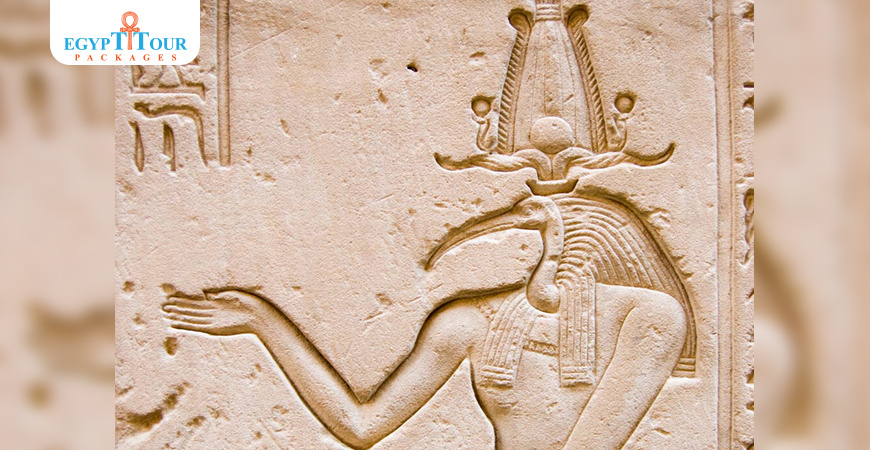
Petosiris Tomb Tuna El-Gebel
The cemetery "its planning...its architecture"
During the Greek era, the cemetery was called TOPOS, and in that era it was considered a temple. However, the modern Egyptians called it a temple because in its planning and architecture it gave the impression of being a small temple. It was a hall.The front is rectangular in shape followed by another semi-square hall, "naos", which in turn is divided into three sections by two rows of columns.The middle section is the main court and contains the burial well while the entrance opens on the northern side meaning that it is linked in its direction to the moon and stars.The outer part of the cemetery is decorated with scenes of craftsmen doing carpentry work stone utensils and jewelry making.It also shows scenes representing the harvesting of grapes and the making of wine as well as the harvesting and harvesting of flax and wheat, and other scenes representing plowing and cultivating the land.

Post A Comment
Your Email Address Will Not Be Published.



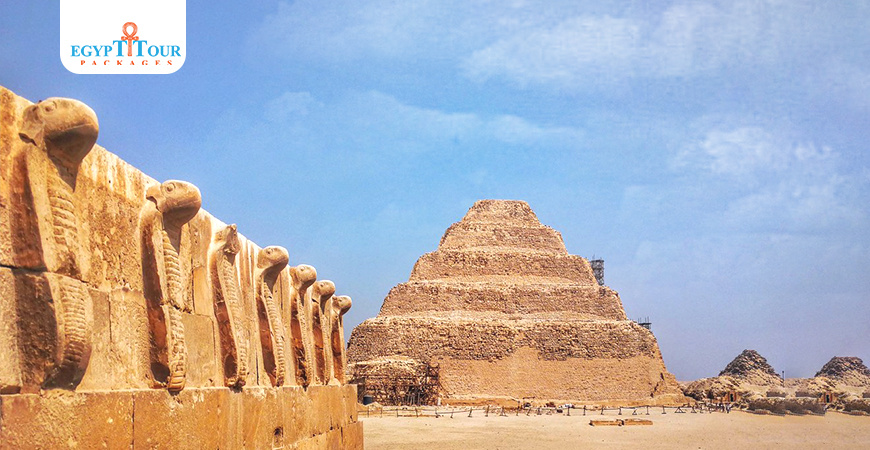







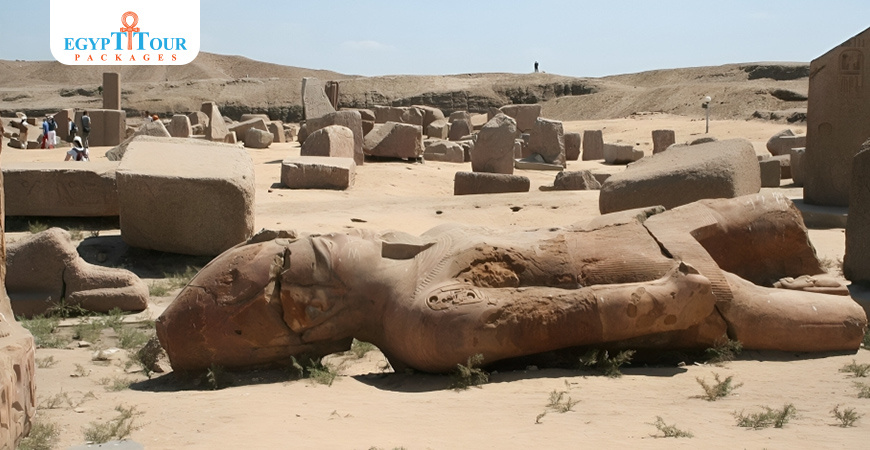


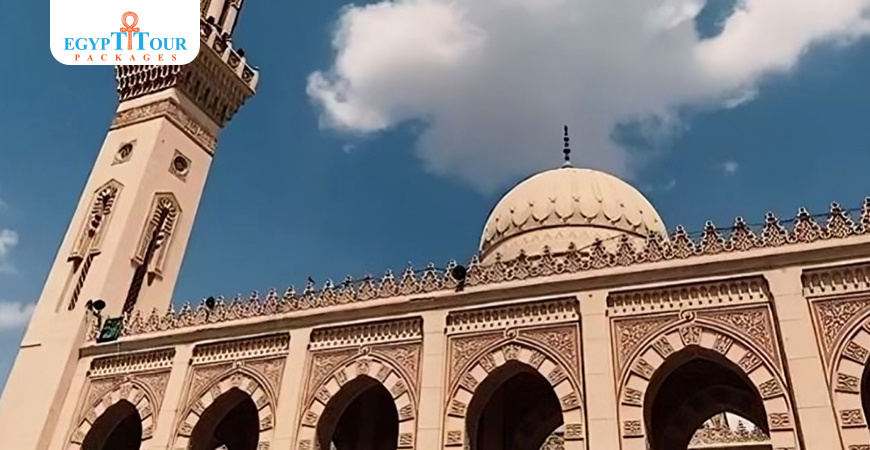


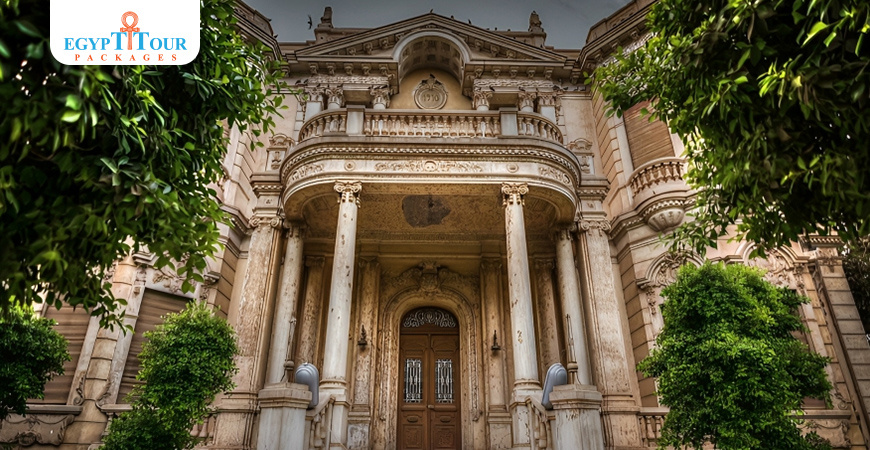
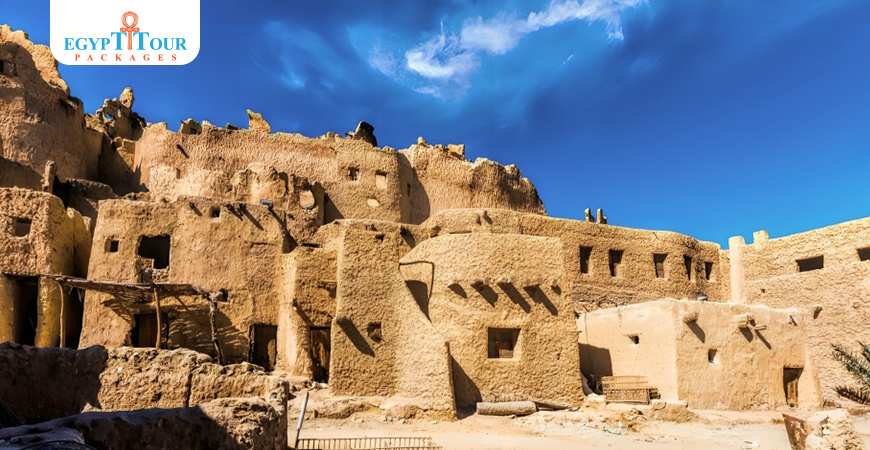
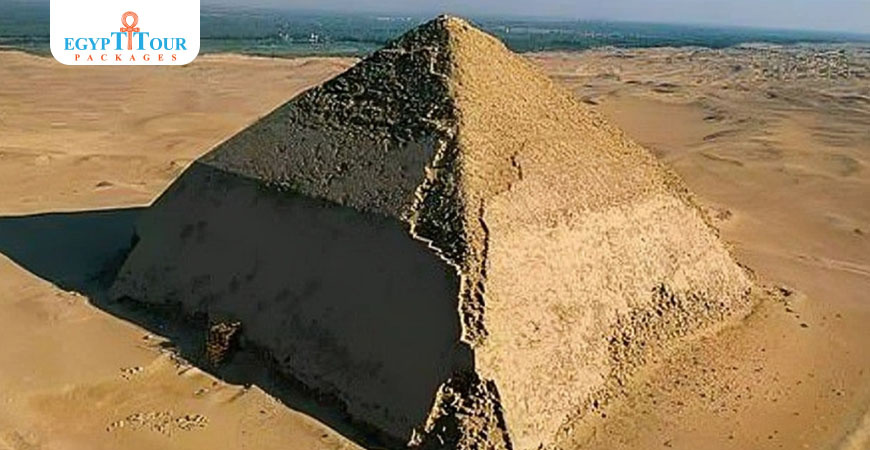
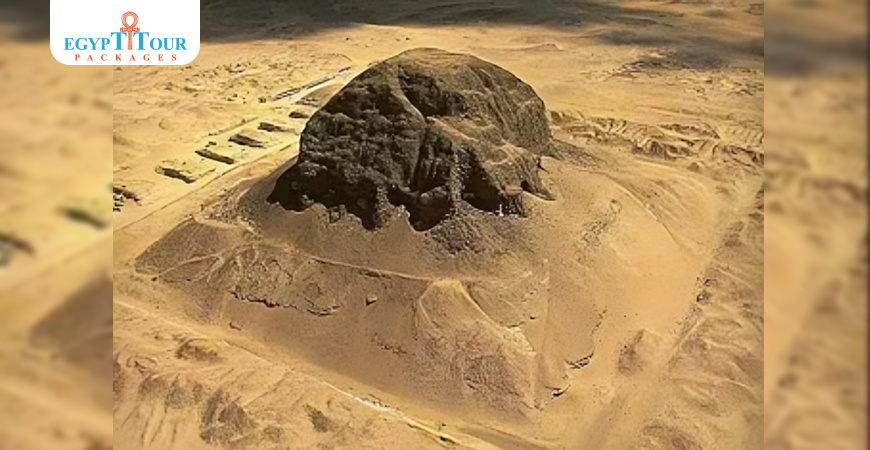
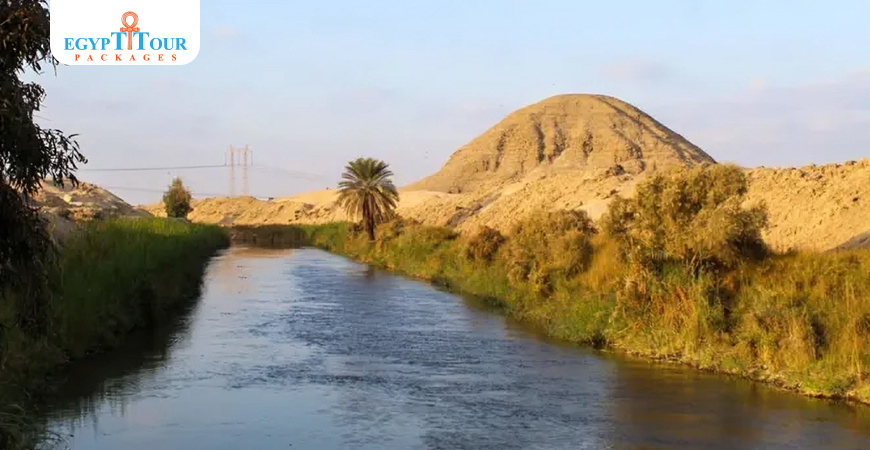


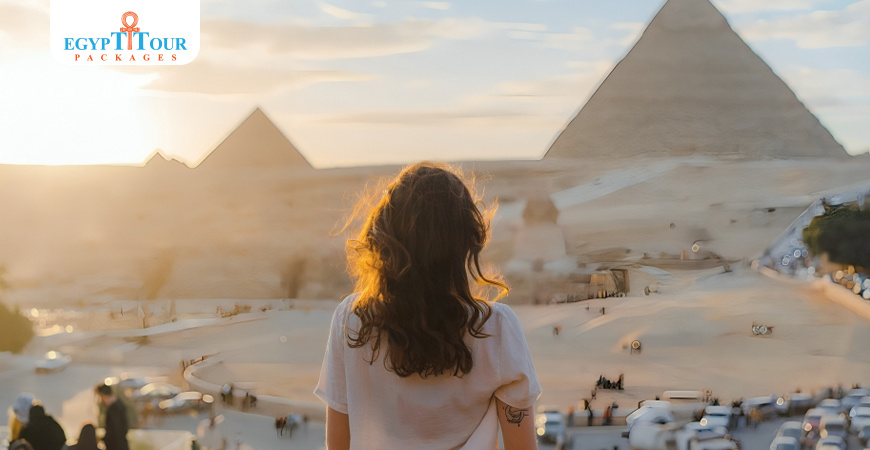
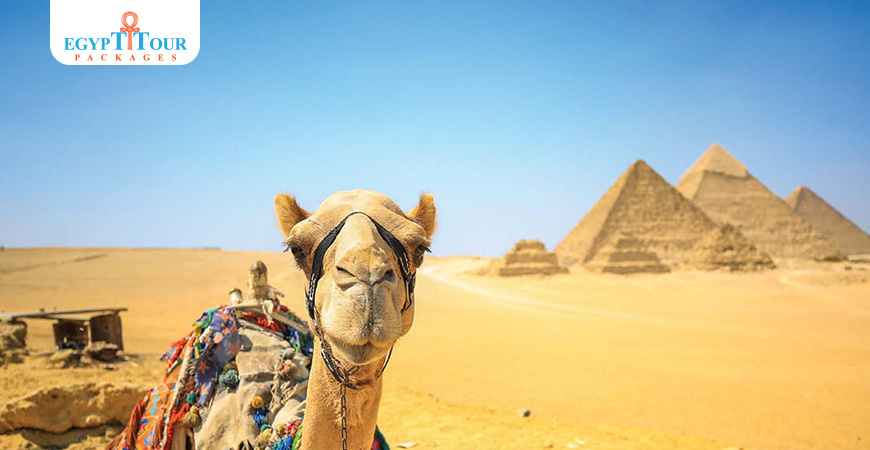











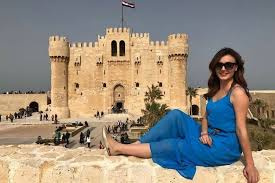

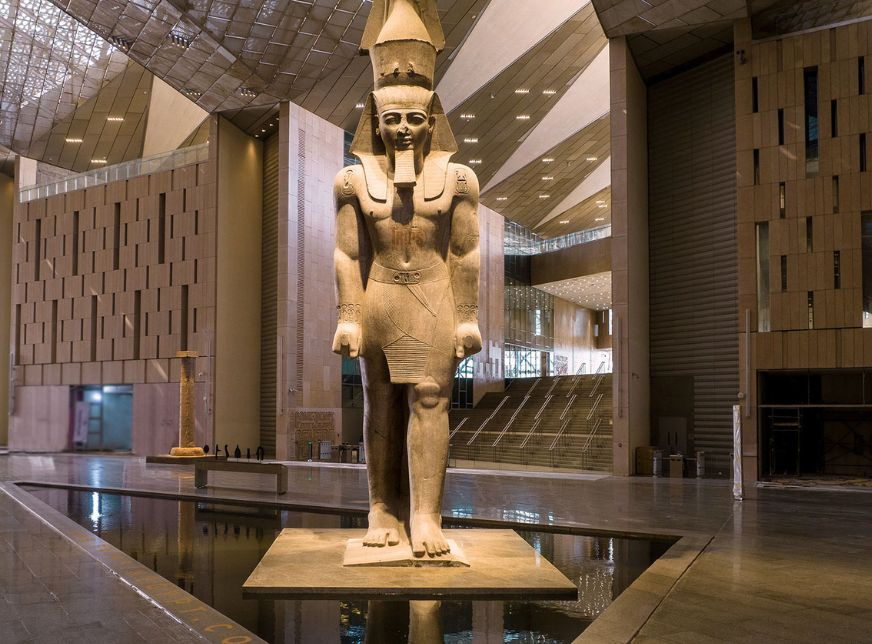




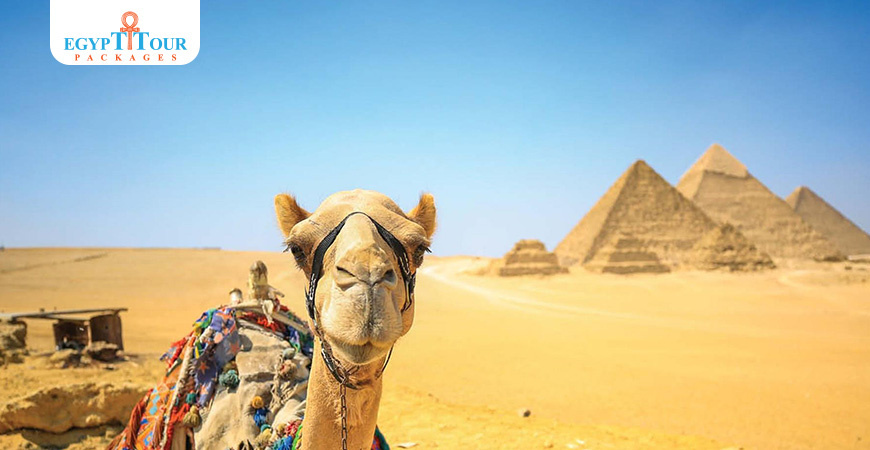

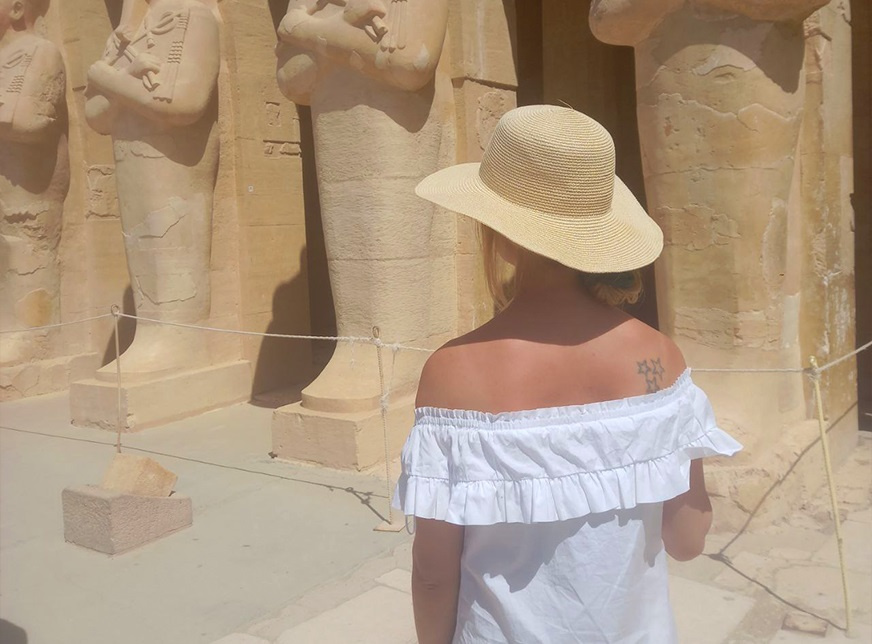


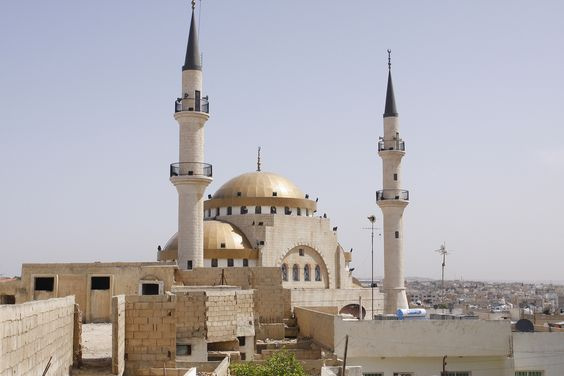
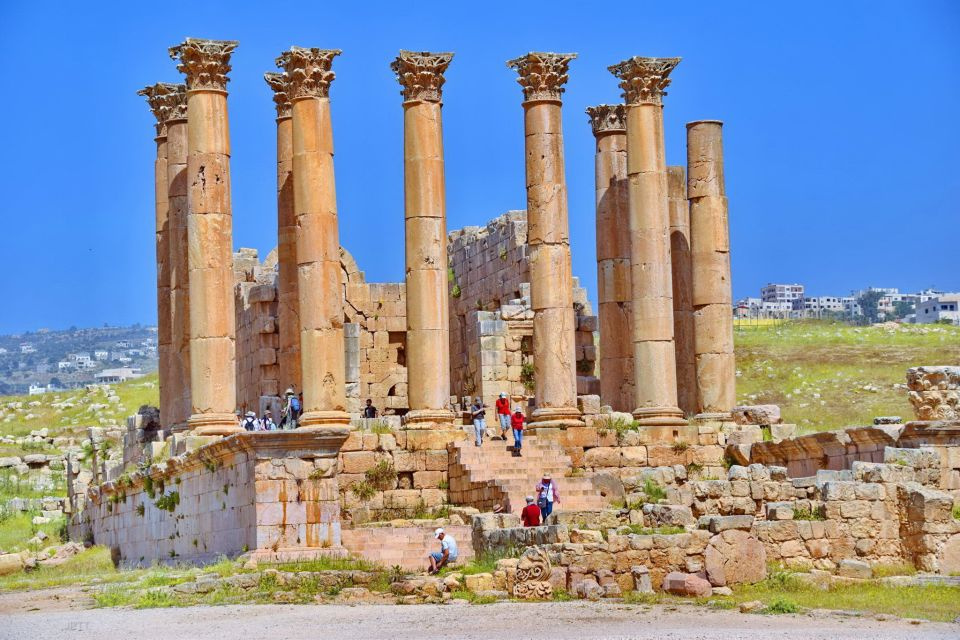

0 Comments